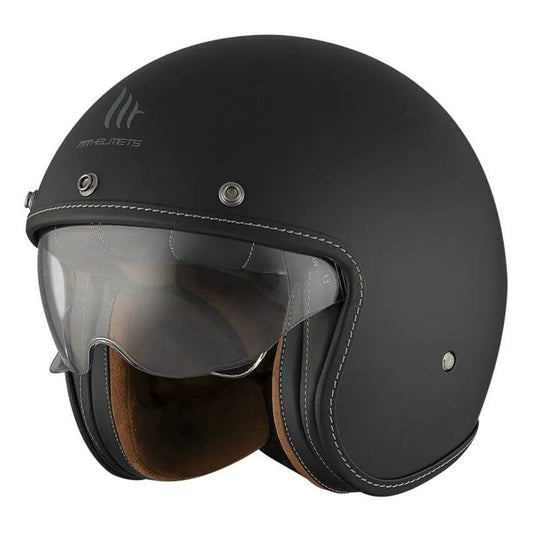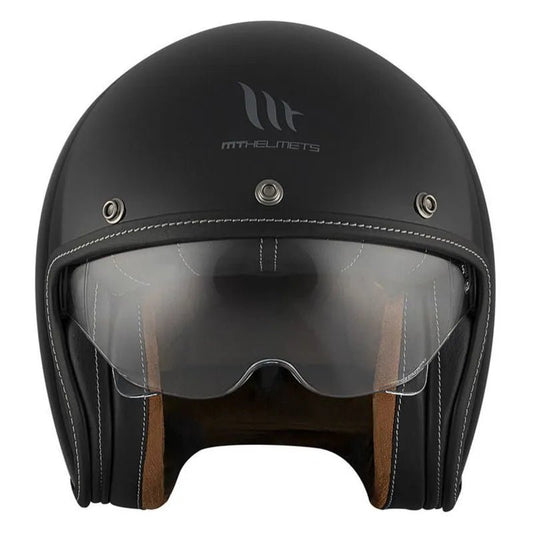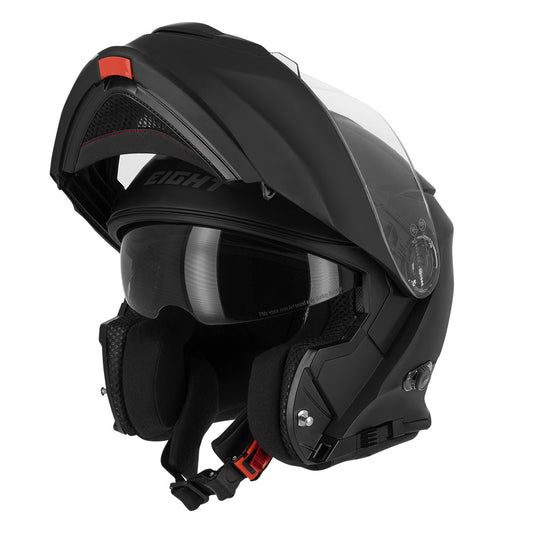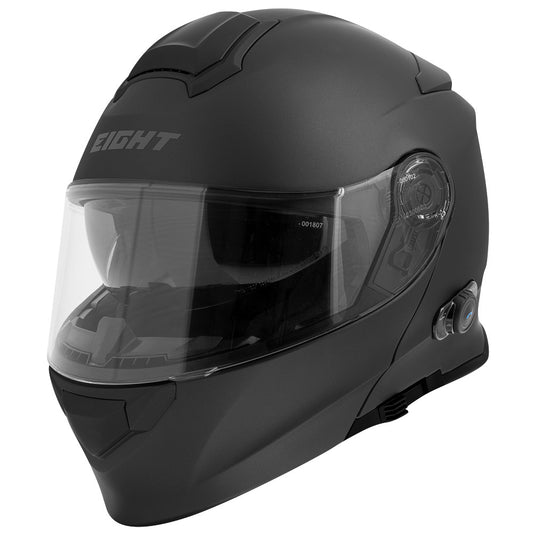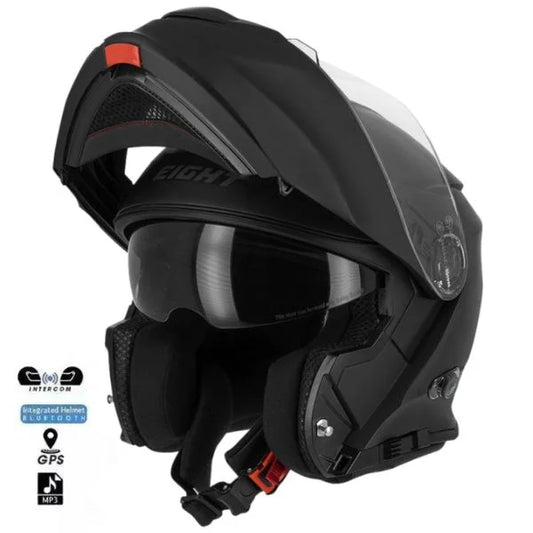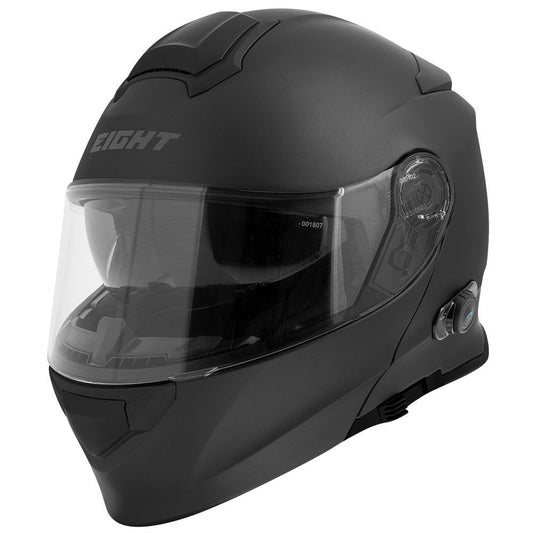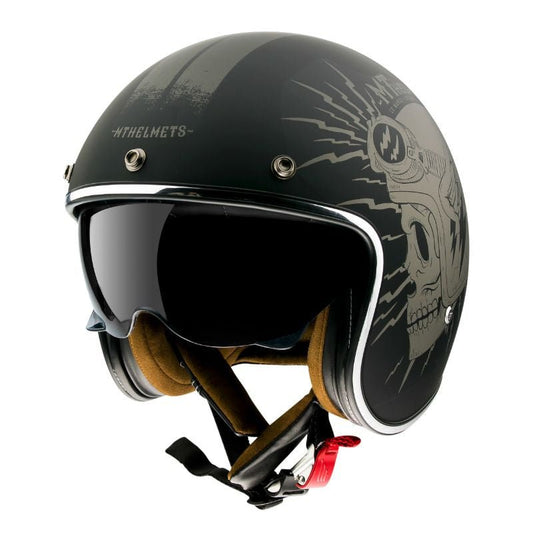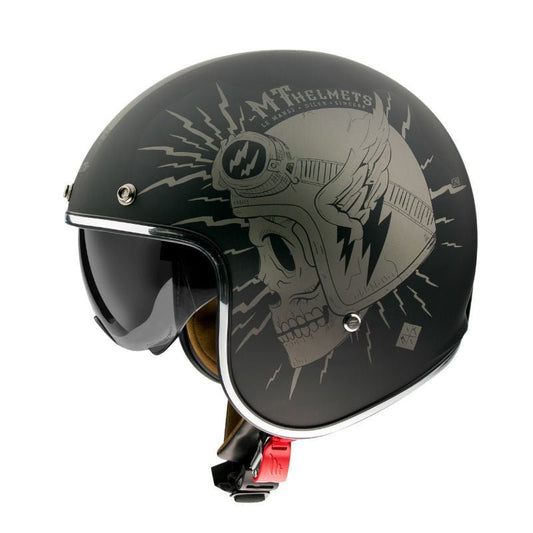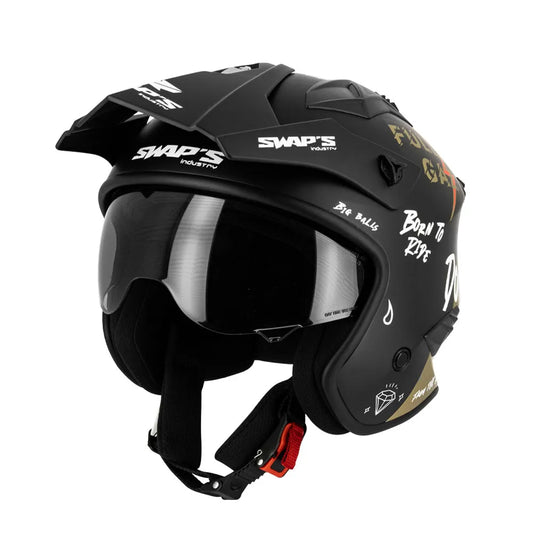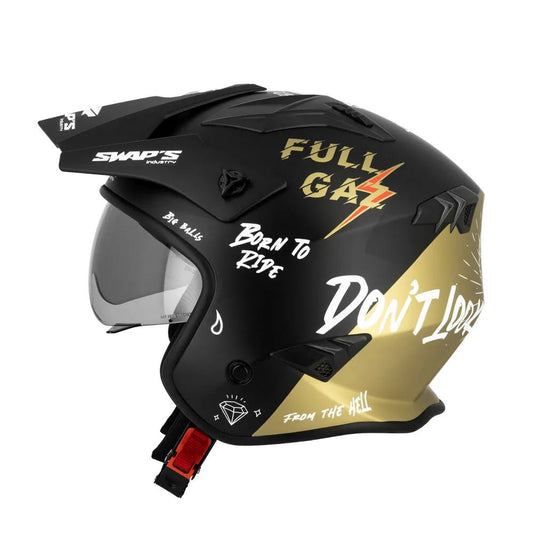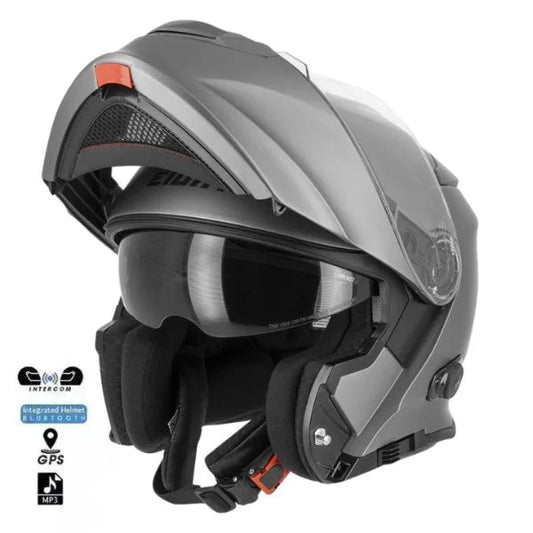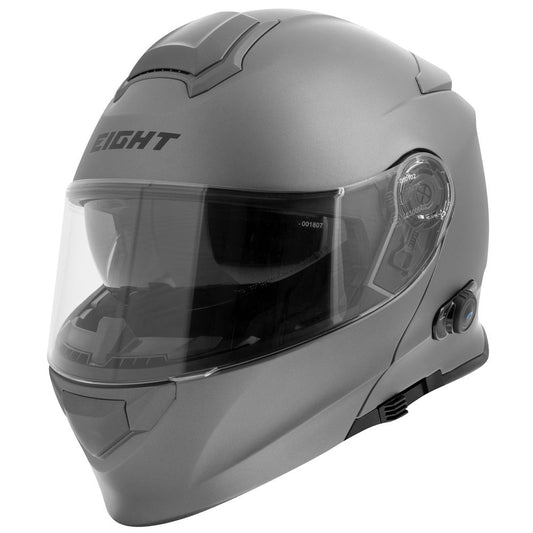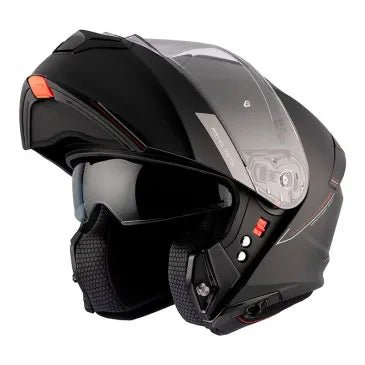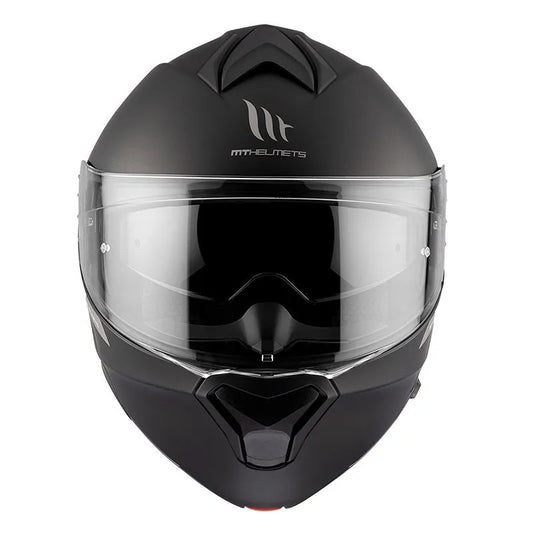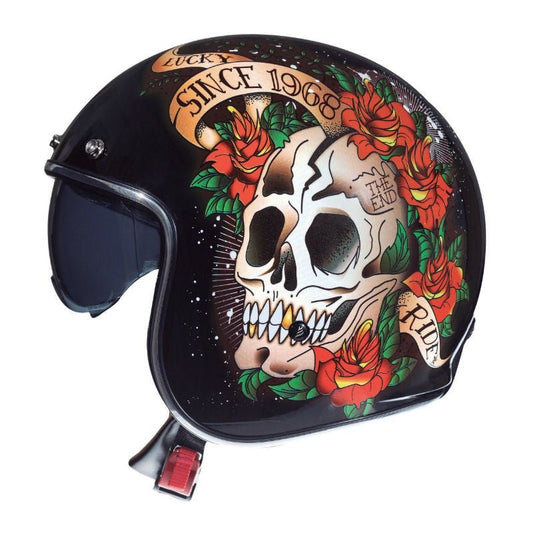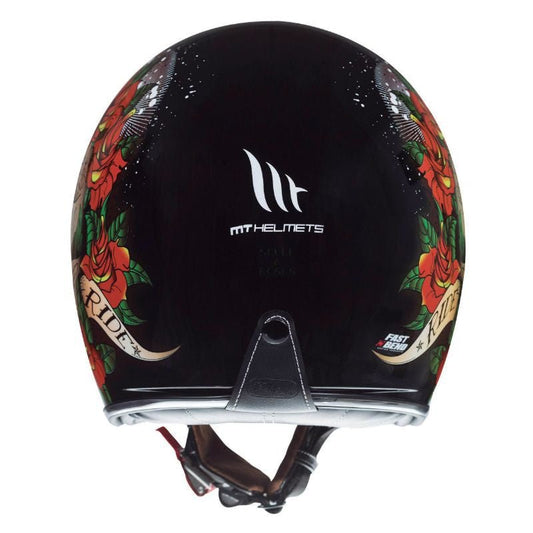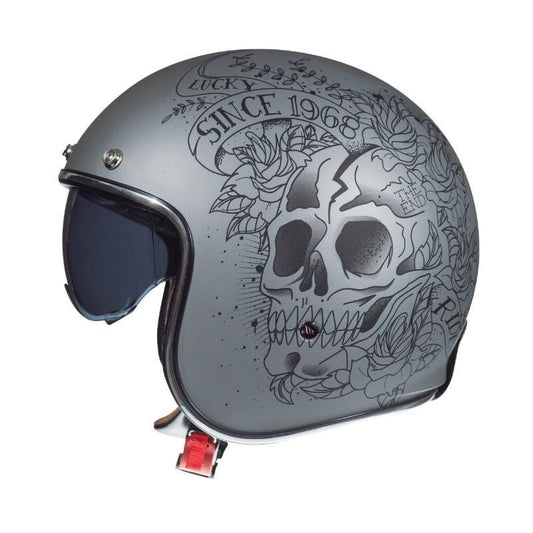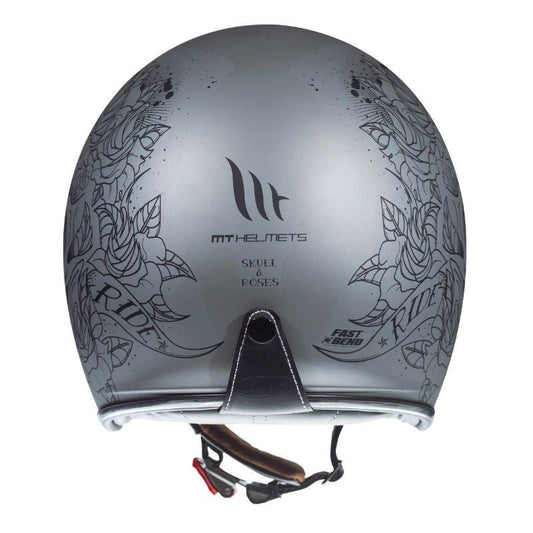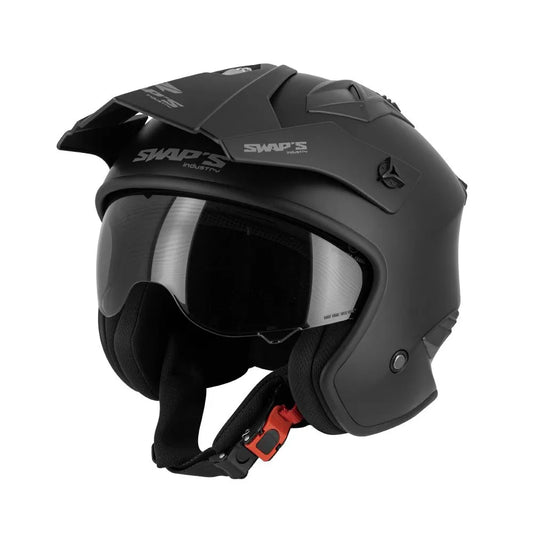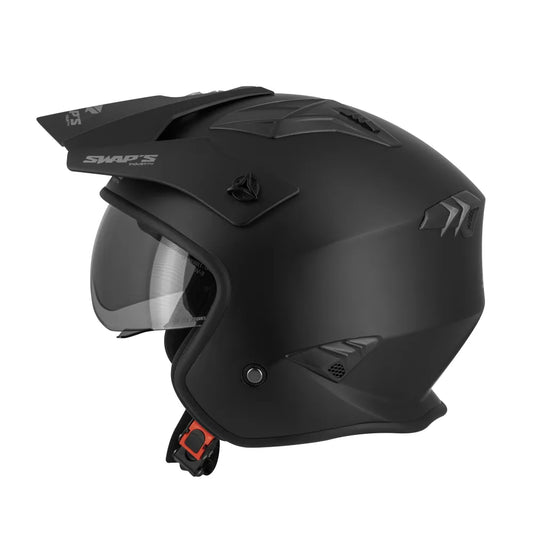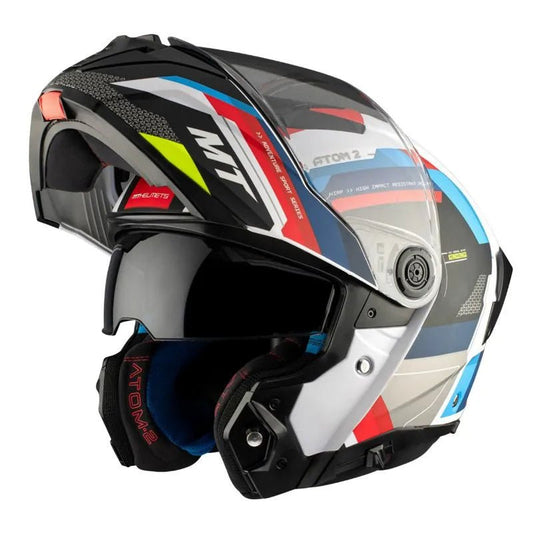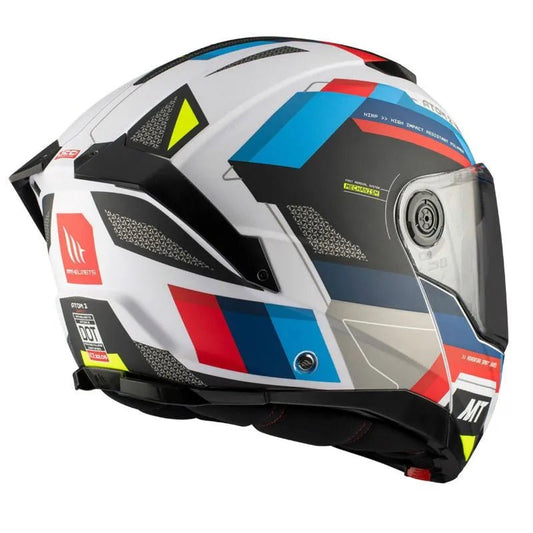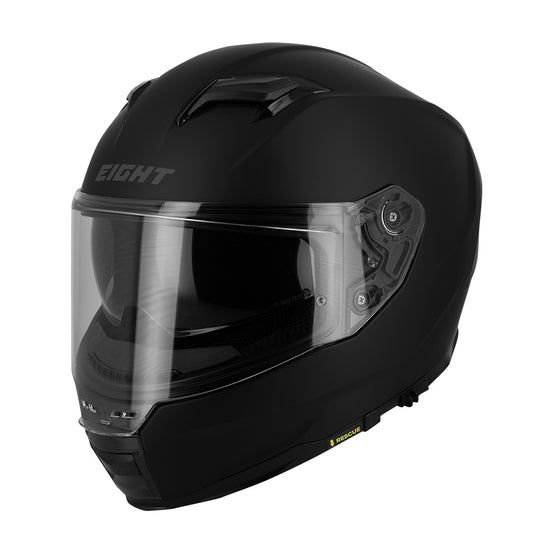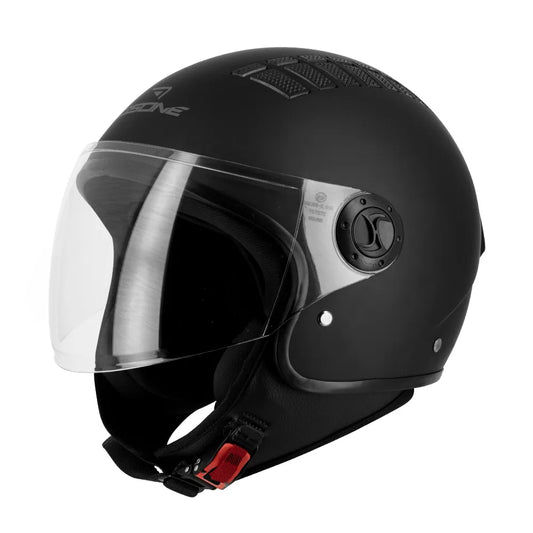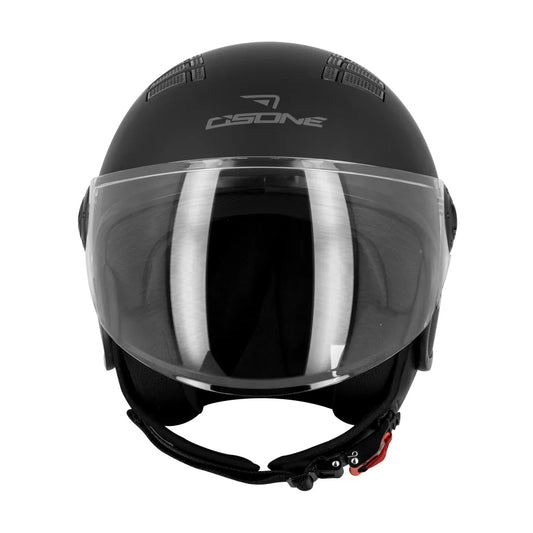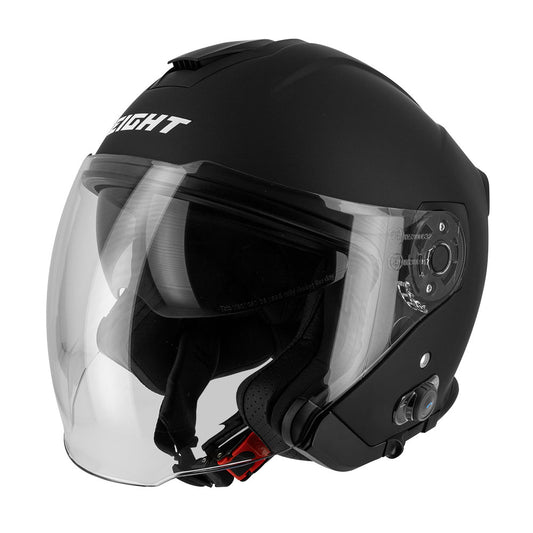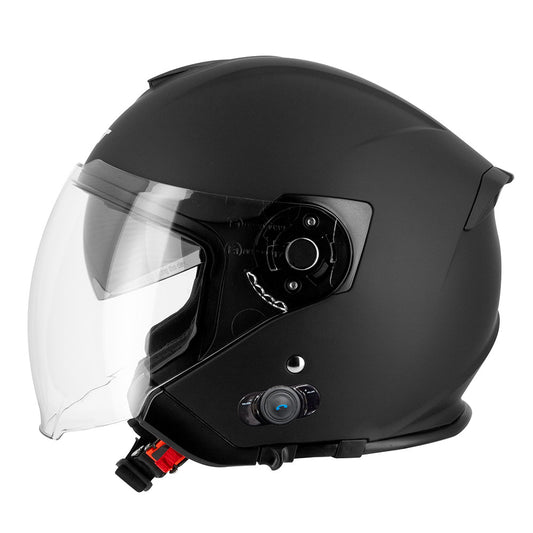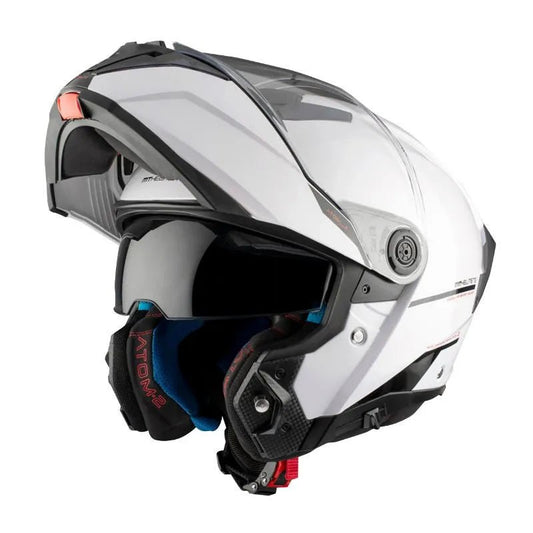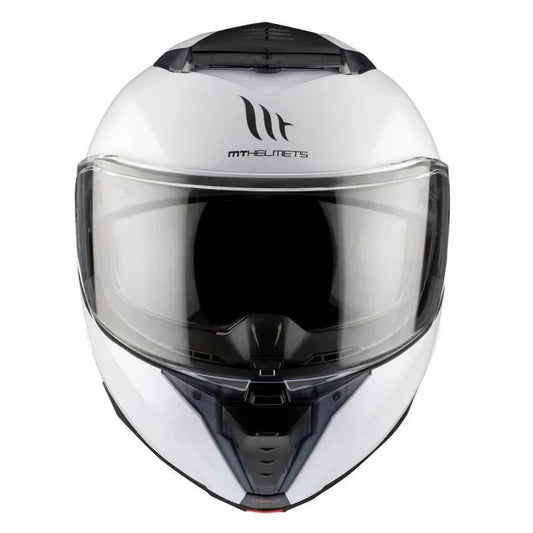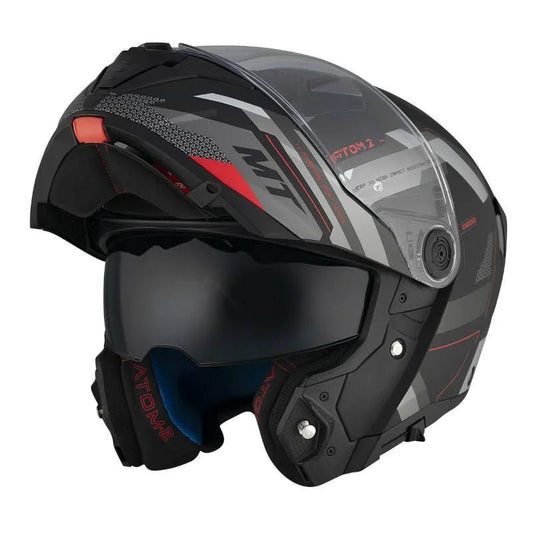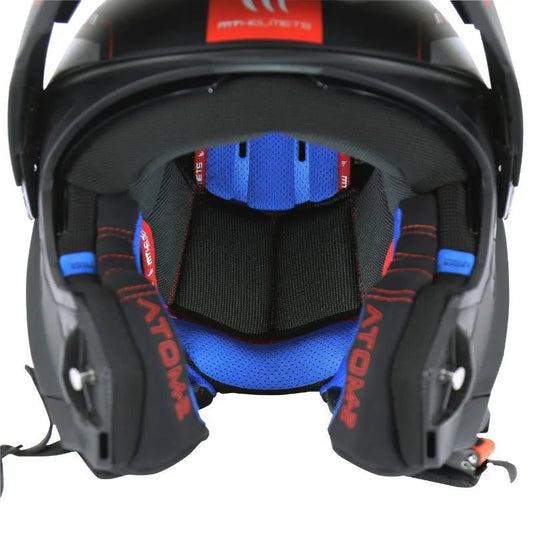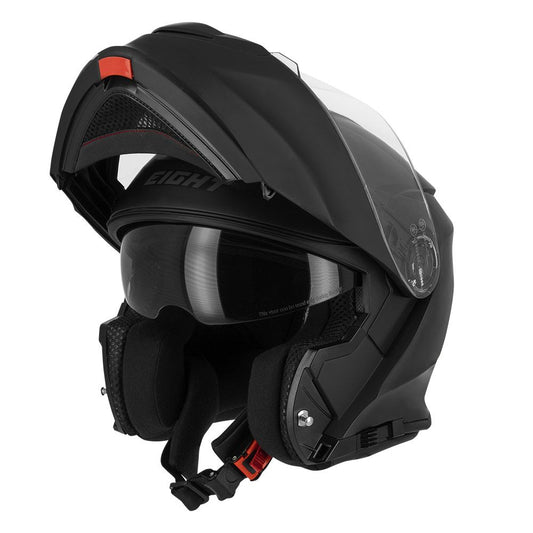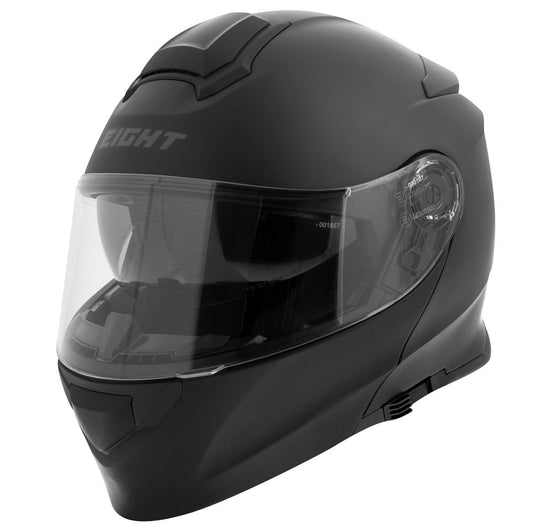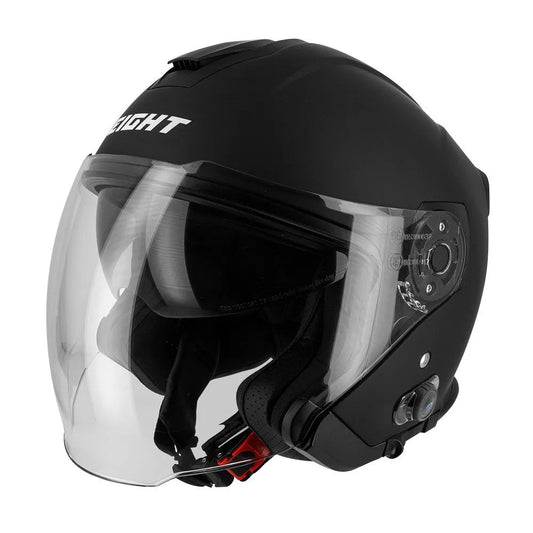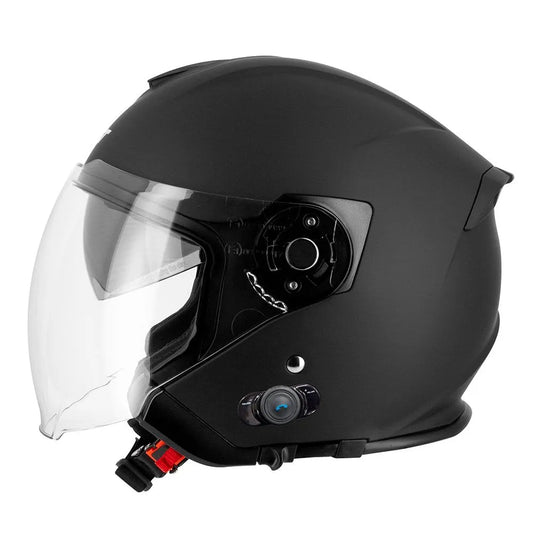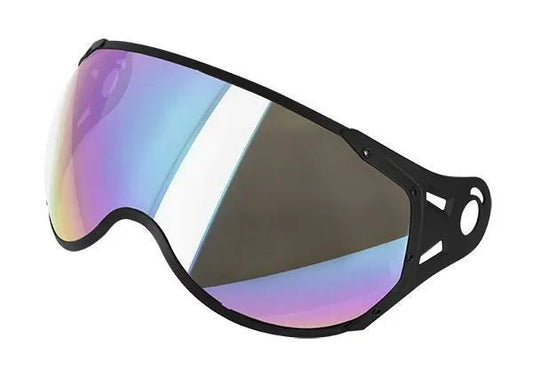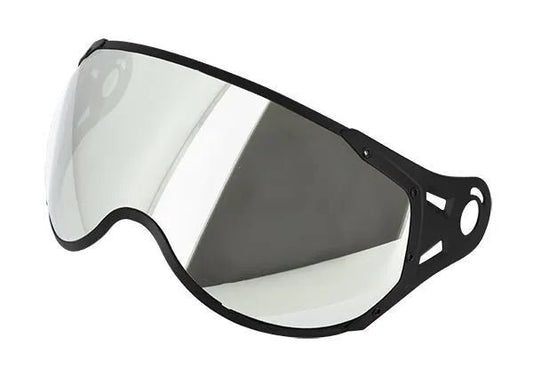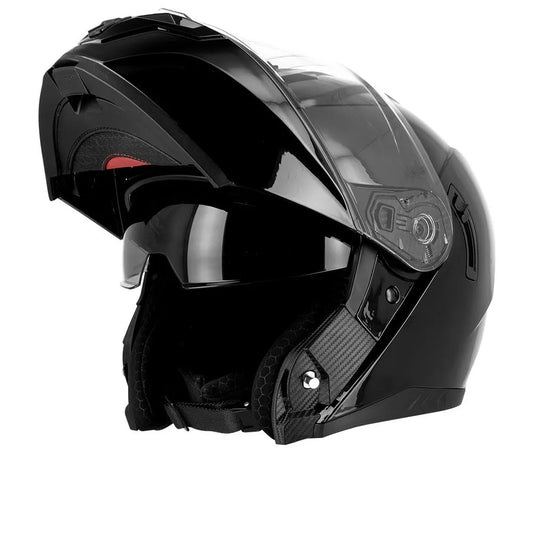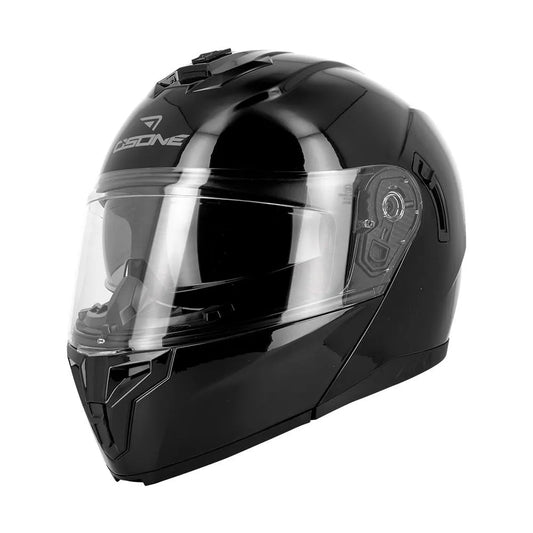-
Harley Davidson jet motorcycle helmet - Matte black
Harley Davidson Open Face Motorcycle Helmet – Matte Black Elegance for the City.🔥 The Harley Davidson Open Face Motorcycle Helmet - Matte Black combines iconic style, unparalleled comfort, and maximum safety. This helmet is made for those who leave no detail to chance, and...- €129.90EUR
- €129.90EUR
- Unit price
- per
-
Modular motorcycle helmet + INTERCOM
Why settle for a standard helmet when you can enjoy optimal comfort? With the Integrated Bluetooth Motorcycle Helmet, ride with complete peace of mind while staying connected!- €229.90EUR
€249.90EUR- €229.90EUR
- Unit price
- per
-
Motorcycle helmet with bluetooth - Matte Black
On a motorcycle Communicate naturally with your passenger thanks to the Bluetooth motorcycle headset Safety, technology and comfort are the key words of the modular Bluetooth helmet and its integrated intercom. High-tech, this Bluetooth motorcycle helmet will seduce you with its understated design and its many...- €239.90EUR
- €239.90EUR
- Unit price
- per
-
Matte Black Jet Helmet - S770
🏍️ Discover elegance with the S770 Matte Black Jet Helmet – The protection you deserve without compromising style! The S770 Matte Black Jet Helmet promises to transform your driving experience. Ideal for use on a motorcycle or scooter, whether for city breaks or touring...- €129.90EUR
€149.90EUR- €129.90EUR
- Unit price
- per
-
Jet Bluetooth motorcycle helmet
Y ou are looking for an intercom to integrate into your helmet? Discover the new favorite of city drivers! Lightweight with its Integral Intercom, this Bluetooth jet helmet allows easy and practical use of the motorcycle. Integrating the Bluetooth intercom into the helmet connects...- €129.90EUR
- €129.90EUR
- Unit price
- per
-
Bluetooth motorcycle helmet - Titanium Gray
With a Bluetooth motorcycle helmet, discover the way to communicate easily on the road. The Bluetooth Motorcycle Helmet features a built-in intercom, Bluetooth connectivity and an aerodynamic design. With its elegant titanium gray color, it will seduce you with its sober design and its...- €239.90EUR
- €239.90EUR
- Unit price
- per
-
Matte Black Double Visor Modular Helmet | SLine550
New : Comfort and safety Safety, are the watchwords of the S-line S550 modular helmet This modular helmet will seduce you with its sober design and its many advantages such as its anti-scratch screen, its sun visor, its Pinlock lock + An insert designed...- €149.90EUR
- €149.90EUR
- Unit price
- per
-
Matte Black Jet Helmet - S770
🏍️ Discover elegance with the S770 Matte Black Jet Helmet – The protection you deserve without compromising style! The S770 Matte Black Jet Helmet promises to transform your driving experience. Ideal for use on a motorcycle or scooter, whether for city breaks or touring...- €119.90EUR
- €119.90EUR
- Unit price
- per
-
Matte Black Jet Helmet - S770
🏍️ Discover elegance with the S770 Matte Black Jet Helmet – The protection you deserve without compromising style! The S770 Matte Black Jet Helmet promises to transform your driving experience. Ideal for use on a motorcycle or scooter, whether for city breaks or touring...- €119.90EUR
- €119.90EUR
- Unit price
- per
-
Jet Bluetooth motorcycle helmet
Y ou are looking for an intercom to integrate into your helmet? Discover the new favorite of city drivers! Lightweight with its Integral Intercom, this Bluetooth jet helmet allows easy and practical use of the motorcycle. Integrating the Bluetooth intercom into the helmet connects...- €109.90EUR
- €109.90EUR
- Unit price
- per
-
Blue modular motorcycle helmet-S550
S550 Blue Modular Helmet: Comfort and Safety Reinvented. 🏍️💙 Immerse yourself in a new dimension of riding with the S550 Flip-Up Helmet in Bright Blue. More than just a helmet, it's a style statement, without compromising safety. No longer choose between style, comfort and...- €209.90EUR
- €209.90EUR
- Unit price
- per
-
Modular Motorcycle Helmet - Black/Yellow S520
The S520 modular motorcycle helmet offers the best of both worlds: safety and style. The Modular Motorcycle Helmet is a great way to enhance your riding experience. It is modular, meaning it can be easily converted from a full-face helmet to a three-quarter helmet...- €149.90EUR
- €149.90EUR
- Unit price
- per
-
Bluetooth jet headset - S770 White
Discover the Bluetooth Jet Helmet - S770 White: your “high-end” traveling companion 🏍️ Passionate about two wheels? Look no further, the Bluetooth Jet Helmet - S770 White is made for you! Designed to meet your most demanding demands, this approved integrated bluetooth motorcycle helmet...- €69.99EUR
- €69.99EUR
- Unit price
- per
-
Integrated Bluetooth Jet Motorcycle Helmet | KYLE 770 - Black / White
KYLE 770 Open Face Helmet - Integrated Bluetooth | Available in Black & White. Discover the S770 KYLE open face helmet , a perfect solution for motorcyclists and scooter riders looking for comfort, safety and technology . With its modern design , integrated Bluetooth...- €239.90EUR
- €239.90EUR
- Unit price
- per
-
Blanc
-
Noir
-
Blue modular motorcycle helmet-S550
S550 Blue Modular Helmet: Comfort and Safety Reinvented. 🏍️💙 Immerse yourself in a new dimension of riding with the S550 Flip-Up Helmet in Bright Blue. More than just a helmet, it's a style statement, without compromising safety. No longer choose between style, comfort and...- €199.90EUR
- €199.90EUR
- Unit price
- per
-
Blue modular motorcycle helmet-S550
S550 Blue Modular Helmet: Comfort and Safety Reinvented. 🏍️💙 Immerse yourself in a new dimension of riding with the S550 Flip-Up Helmet in Bright Blue. More than just a helmet, it's a style statement, without compromising safety. No longer choose between style, comfort and...- €209.90EUR
- €209.90EUR
- Unit price
- per
-
Modular helmet + sun visor Matte black | ECE 22-06 approved
ECE 22-06 Modular Helmet Black: The Perfect Combination of Refinement and Innovation. 🏍️🖤 Immerse yourself in the ultimate riding experience with the ECE 22-06 Modular Helmet in sleek black . Much more than a helmet, it's a bold statement, combining refinement and cutting-edge safety....- €179.90EUR
- €179.90EUR
- Unit price
- per
-
Open-face motorcycle helmet with integrated Bluetooth - S770 Black
🔥 Open Face Motorcycle Helmet with Integrated Bluetooth: An Incredible Partner for Your Travel. Meet the Jet Bluetooth Helmet and its integrated intercom , your new ideal road companion! This Bluetooth motorcycle helmet offers innovative functionality for modern motorcyclists looking for comfort, safety and...- €209.90EUR
- €209.90EUR
- Unit price
- per
-
Iridium visor modular helmet SLine550
S-Line S550 modular helmet smoked screen To clean your screen, use a soft cloth and neutral PH soap for impurities (insects, mud, dirt, etc.) Never use solvents or detergents. Dry your screen with a soft, lint-free cloth. Do not use on public roads- From €33.90EUR
- From €33.90EUR
- Unit price
- per
-
Money
-
Smoke
-
Rainbow
-
Colorless
-
Matte Black Double Visor Modular Helmet | SLine550
New : Comfort and safety Safety, are the watchwords of the S-line S550 modular helmet This modular helmet will seduce you with its sober design and its many advantages such as its anti-scratch screen, its sun visor, its Pinlock lock + An insert designed...- €129.90EUR
- €129.90EUR
- Unit price
- per
SUNRIDE Promo activated: take advantage now!
Motorcycle helmet
Sidebar
- Choosing a selection results in a full page refresh.


















